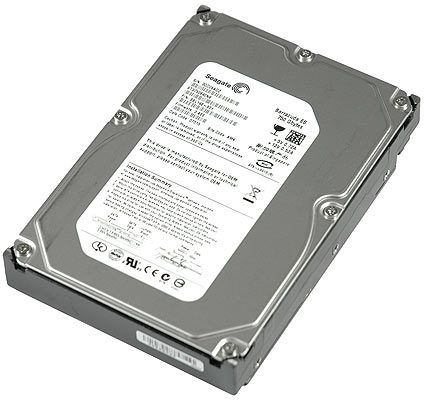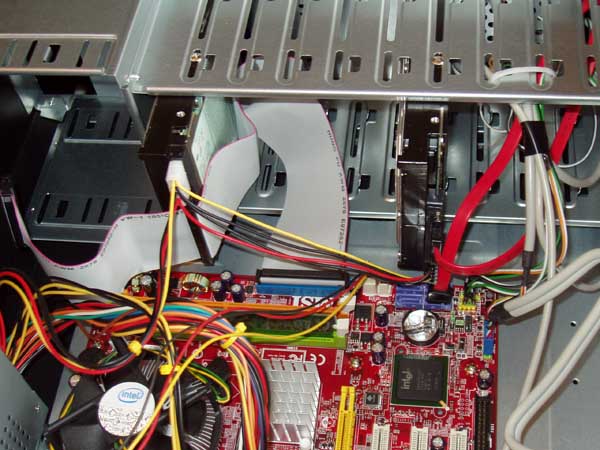

- HARD DRIVE POWER ON TIME HOW TO
- HARD DRIVE POWER ON TIME INSTALL
- HARD DRIVE POWER ON TIME PC
- HARD DRIVE POWER ON TIME WINDOWS

Cylinder-mode read/write operations were supported, and the heads flew about 250 micro-inches (about 6 µm) above the platter surface. While the IBM 350 used only two read/write heads, the 1301 used an array of heads, one per platter, moving as a single unit. In 1962, the IBM 350 was superseded by the IBM 1301 disk storage unit, which consisted of 50 platters, each about 1/8-inch thick and 24 inches in diameter. It was approximately the size of two medium-sized refrigerators and stored five million six-bit characters (3.75 megabytes) on a stack of 50 disks. The first production IBM hard disk drive, the 350 disk storage, shipped in 1957 as a component of the IBM 305 RAMAC system. HDDs are a type of non-volatile storage, retaining stored data even when powered off. Data is accessed in a random-access manner, meaning that individual blocks of data can be stored or retrieved in any order and not only sequentially. The platters are paired with magnetic heads, usually arranged on a moving actuator arm, which read and write data to the platter surfaces. The hard disk drive definition is the place where your data is stored.Ī hard disk drive (HDD), hard disk, hard drive, or fixed disk is an electromechanical data storage device that uses magnetic storage to store and retrieve digital information using one or more rigid rapidly rotating disks ( platters ) coated with magnetic material. However, all three of these terms usually refer to the same thing. The term “hard drive” is actually short for “hard disk drive.” The term “hard disk” refers to the actual disks inside the drive.

The data is stored on the hard drive magnetically, so it stays on the drive even after the power supply is turned off. These disks spin extremely fast (typically at either 5400 or 7200 RPM) so that data can be accessed immediately from anywhere on the drive. The data is stored on a stack of disks mounted inside a solid encasement. A typical hard drive is slightly larger than your hand, yet can hold over 100 GB of data. It also includes other alternative methods for formatting a storage device.A hard drive stores all your data, where all your files and folders are physically located.
HARD DRIVE POWER ON TIME HOW TO
You can refer to this guide for detailed steps on how to format a drive with the disk management utility. After that, follow the steps in the wizard to format the drive. In this case, it should show up as “ Unallocated Space.” Right-click on your drive and select the “New Volume” option. Click on the utility in the search results, and you will see your new drive at the bottom.
HARD DRIVE POWER ON TIME WINDOWS
Press the Windows key and type “ Create and format hard disk partitions” in the search bar at the top. In the rare case that you do not get the pop-up, follow these steps to make your hard drive ready for use. Proceed with the formatting process, and your drive will now show up under “My PC” in hte File Explorer. When you boot into the Windows OS, there will be a pop-up that asks you to format the drive.
HARD DRIVE POWER ON TIME INSTALL
Usually, when you install a new hard drive, Windows 10/11 asks you to format the storage device before you use it. Step 6: Format Hard Disk for First-Time Use
HARD DRIVE POWER ON TIME PC
We will require it while mounting the hard drive in the PC case as well. You will need to use a Philips Head screwdriver for this. In this guide, we expect you have already installed the power supply (PSU) and the motherboard with its various components in your PC. How to Install a Hard Drive in Your Desktop PC Step 1: Open Side Panel of Your PC Caseįirst, you must open up all side panels of your case and set them aside to gain access to the motherboard. In this guide, you will be needing a SATA Cable, SATA Power Connector (included with power supply), and HDD mounting screws provided with the case. An anti-static bracelet is a great tool to avoid electrostatic damage. Your workplace should be clean, and you must ground yourself before touching your PC components. Gather the Necessary Toolsįirstly, you need a Philips Head screwdriver to install the drive in the hard disk bay. Instead, check out the best NVMe and SATA SSDs you can consider in 2023. The UI, opening apps, everything is sluggish and feel intolerable. Using a modern OS such as Windows 10/11 on a hard drive tends to be an unoptimized experience. Note: In 2022, you should not use a hard drive as your main boot partition for Windows. For most people though, we recommend getting a modern 3.5-inch HDD with a 7200rpm speed. The internal HDDs in laptops are usually the 2.5-inch kind as well.
For a small-size ITX Build, a 2.5-inch HDD is ideal. The thickness varies based on which hard drive model you buy. You can get 2.5-inch HDDs, like Seagate BarraCuda, or 3.5-inch HDDs, like this popular WD Blue drive. Internal hard disk drives (HDDs) are designed for internal use in desktops and come in two form factors.


 0 kommentar(er)
0 kommentar(er)
